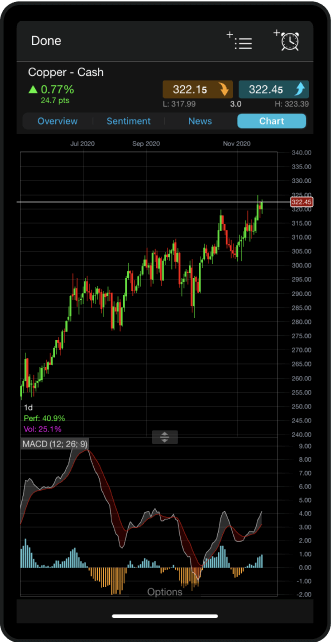With the above key explanations in mind, let’s now calculate a forex trade using our most popular product, spread betting, which is a tax-free option* for traders in the UK and Ireland. We’ll use the GBP/USD or “cable” pair as an example.
Buy price = 1.3139
Sell price = 1.3138
Margin rate = 3.3%
Imagine you want to open a long position because you think the value of the GBP/USD will increase over time. You place a ‘buy’ bet at £1 per point, which is your stake size. As the margin rate of this currency pair is the lowest at 3.34%, you will only be required to deposit this amount as your position margin.
Minimum margin = £438.89
Therefore, you’ll need to transfer a minimum of £438.89 into your account in order to open the position. Don’t forget that you’ll also need to cover other potential costs, such as spread costs and overnight fees if you plan to hold your position for more than one day.
Let’s say that your prediction is successful, and GBP/USD rises in value.
New buy price = 1.3618
New sell price = 1.3617
As you bought the pair for 1.3117, you could now ‘sell’ and close out the position at the new sell price of 1.3617. This is a 50-pip move. To calculate your profit, you would multiple this by your initial stake size of £1 per point.
£1 x 50 = £50
If this scenario had gone the other way and GBP/USD fell by 50 pips, you would calculate losses in the same way, so your capital loss would also be £50. You would need to transfer sufficient funds into your account in order to cover your losses when the position was closed.



















